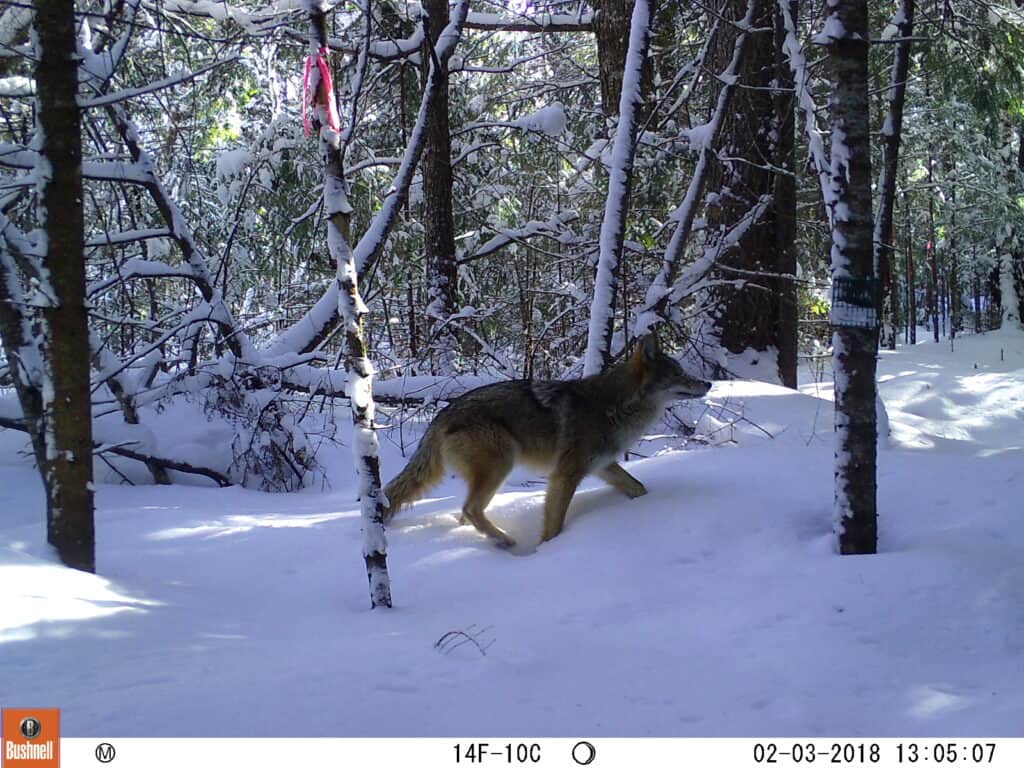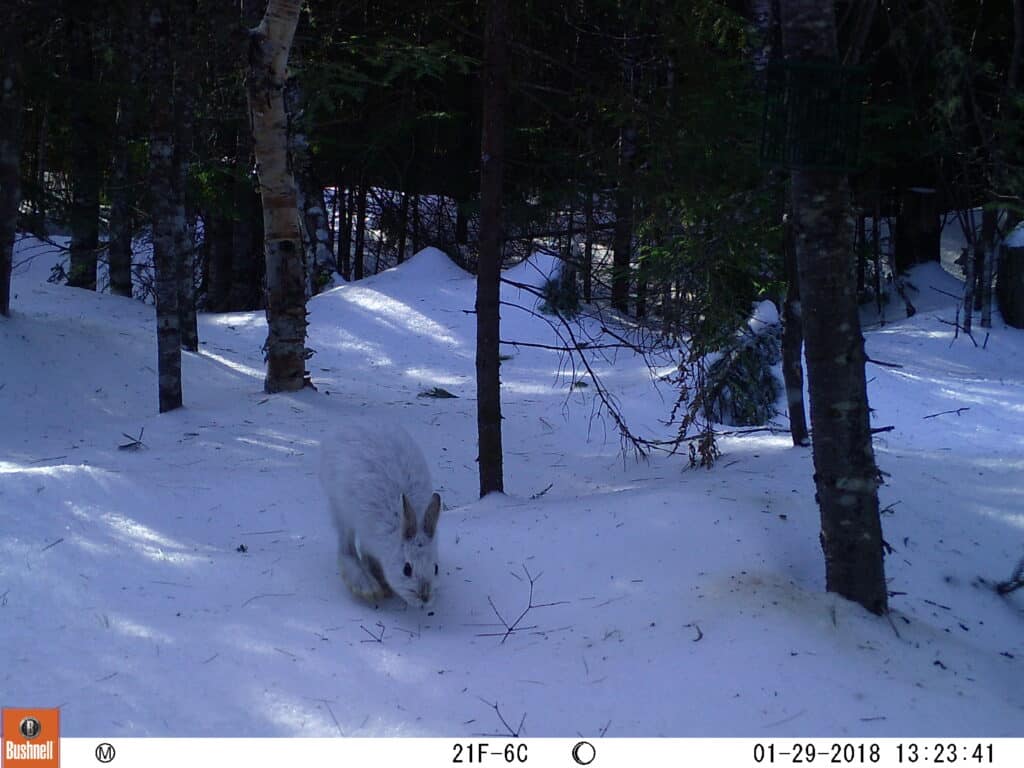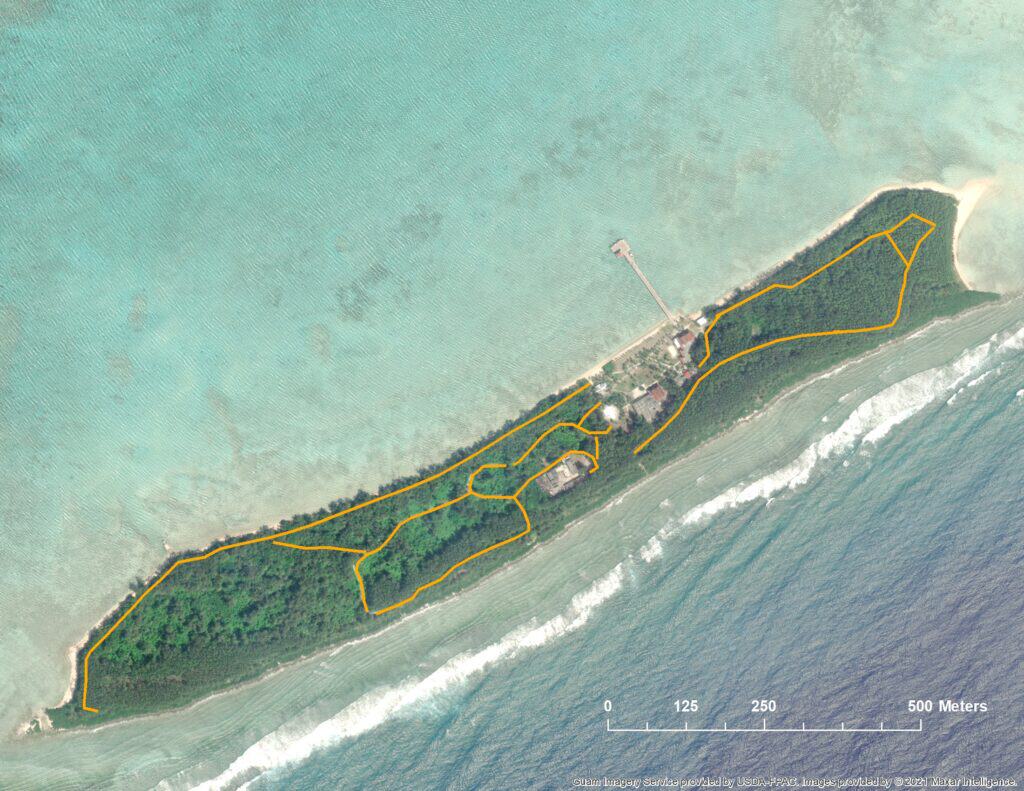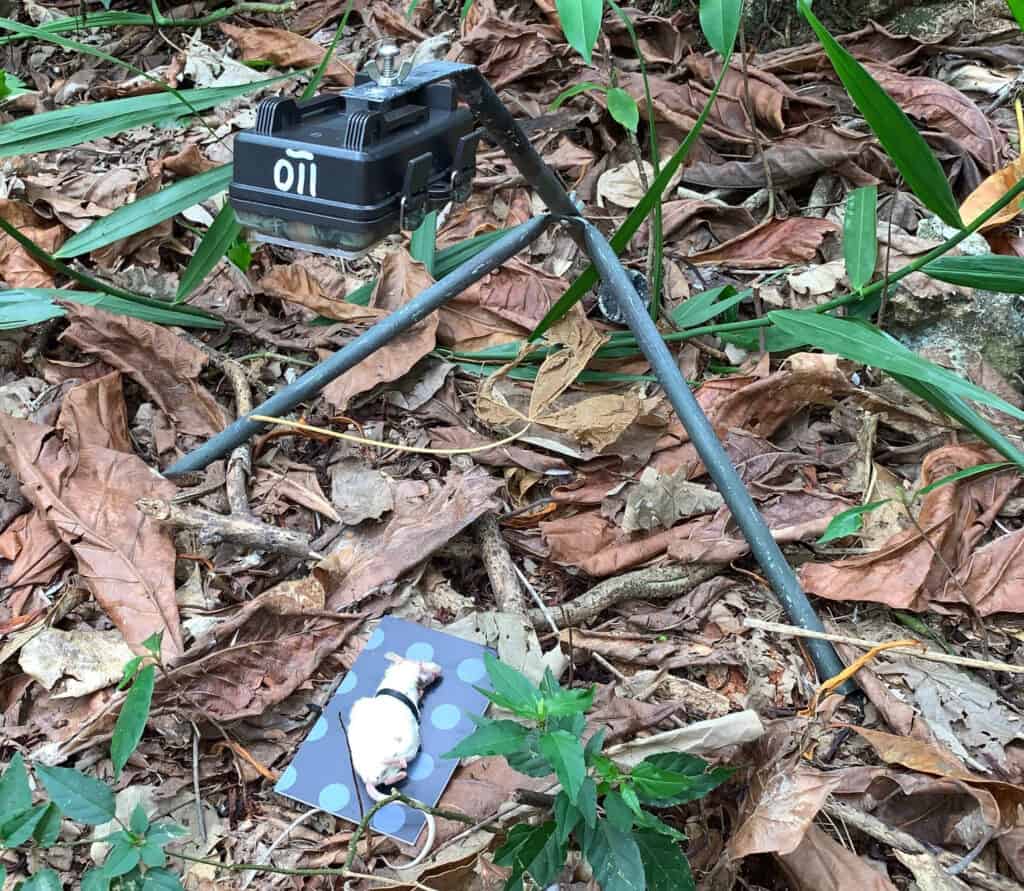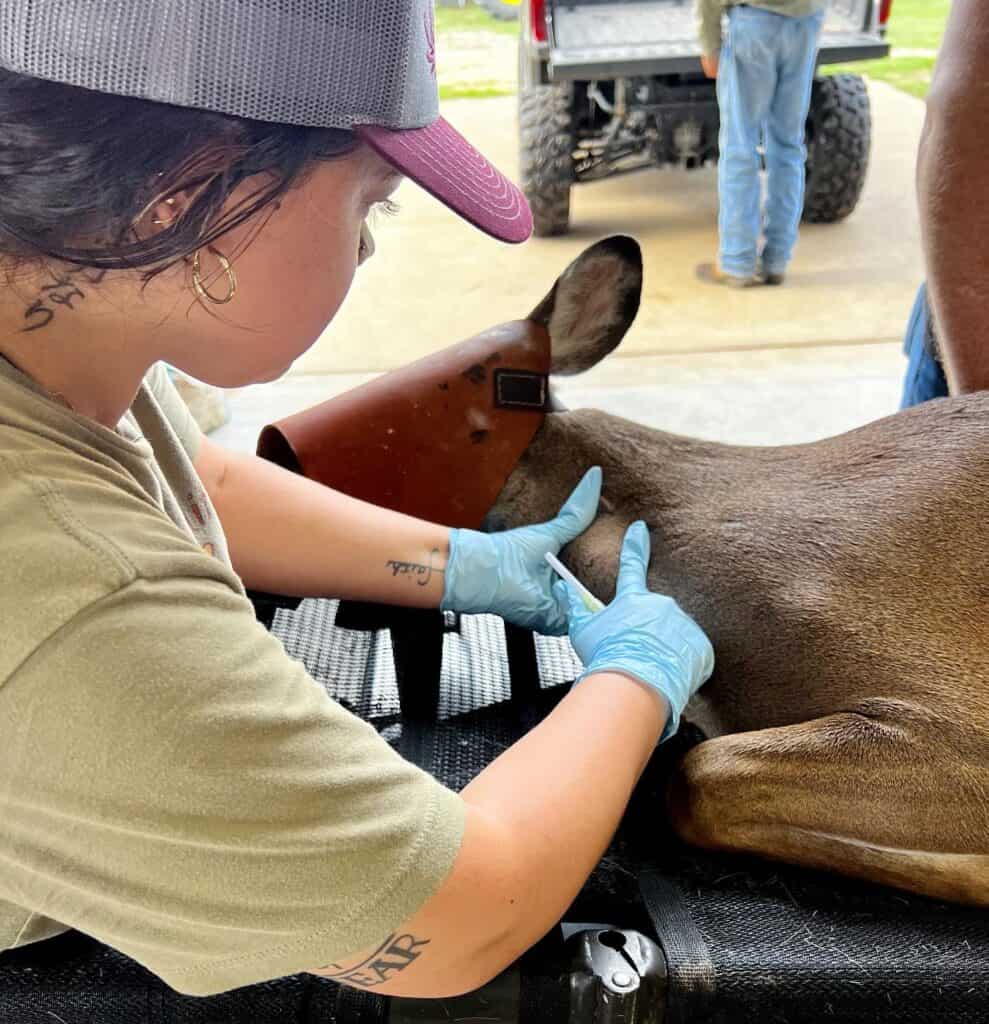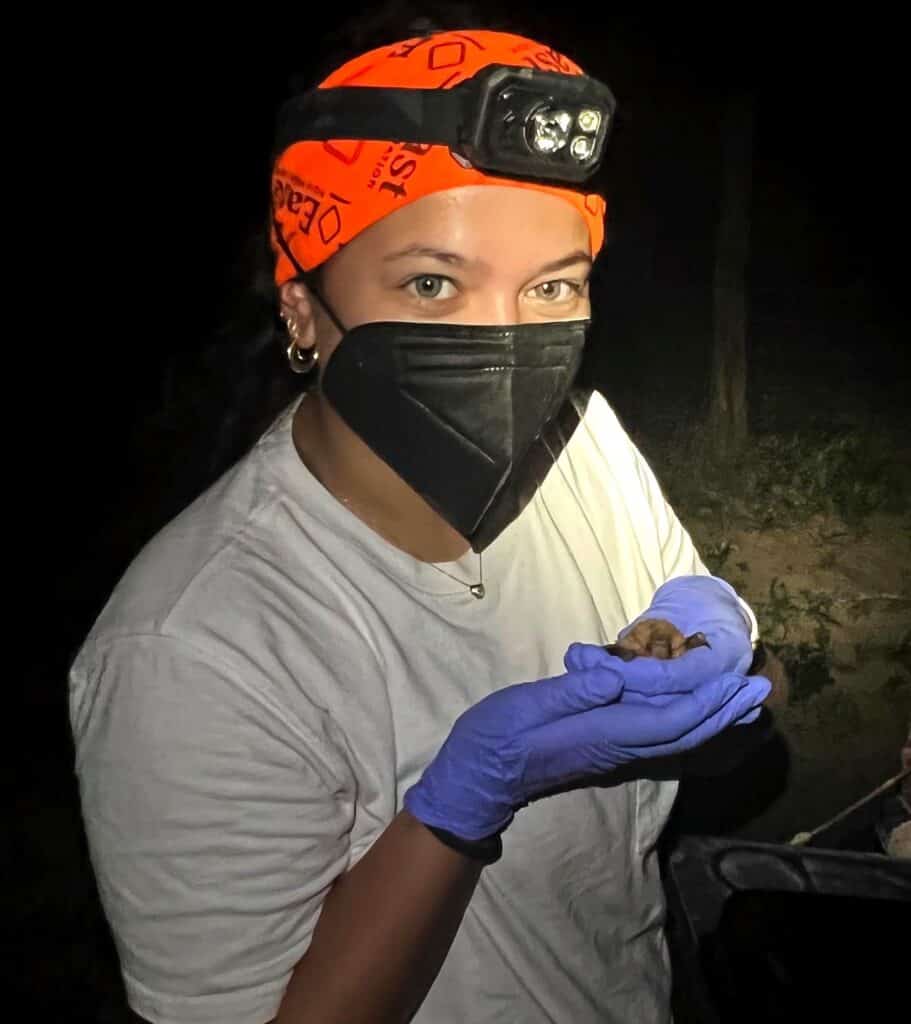
Long before TWS member Ty Werdel became trained in Western approaches to wildlife management, he was immersed in traditional approaches. Born on the Lake Traverse Reservation in northeastern South Dakota, he comes from a long line of Tribal citizens in the Turtle Mountain Band of Chippewa and the Sisseton Wahpeton Oyate.
“I grew up riding horseback, hunting, fishing, gathering and learning about the land and wildlife from being an active, consumptive participant of the ecosystem,” he said. “Listening to the stories from my older relatives, participating in traditional ecological practices and growing up in an agriculturally focused area shaped how I view our relationship with the natural world.”
Those experiences guided his interest in exploring wildlife management from both the perspectives of Western science and traditional ecological knowledge, known as TEK.
In a paper in the Journal of Wildlife Management, Werdel, an assistant professor in the Department of Rangeland, Wildlife, and Fisheries Management at Texas A&M University, and coauthors David Matarrita‐Cascante and Jacob Lucero, also of Texas A&M, discuss the state of TEK in the wildlife management profession.
“A conceptual piece like this was well outside of my comfort zone,” Werdel said. “[My coauthors] helped craft a coherent way to express the state of TEK in wildlife management as we see it.”
The paper traces a trajectory from “elitism” to “equity.” We caught up with Werdel to discuss the article and the growing interest of TEK in the wildlife profession.
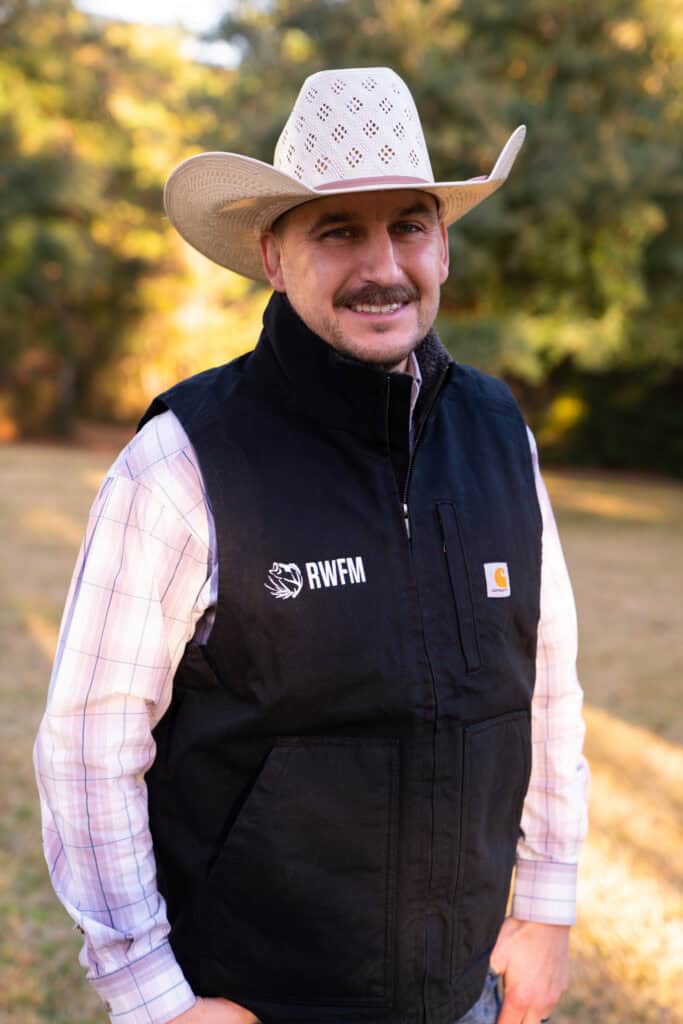
Do professionals need to do more to embrace TEK?
I think TEK is a hot topic right now, and the motivations behind embracing TEK are not always genuine but are yet to play out. If professionals are serious about holistic management of ecosystems that benefit flora, fauna and people, TEK can provide superior guidance on long-term sustainability and management, and professionals should seek to embrace TEK. Of course, this all depends on the willingness of holders of TEK to participate in relationships with outside professionals, and something to keep in mind—just because someone is a wildlife management professional does not mean they are entitled to TEK. If professionals are going to embrace TEK, they need to embrace authentic relationships with knowledge holders and Tribal communities. This is not a task that can be taken lightly.
What values does TEK bring that Western science misses?
TEK is place based, and regardless of how it is defined in any particular community, there is a relationship between the people and the environment that is necessary for sustaining the enduring coexistence of both. Historically, Western science practitioners have focused on understanding, sampling and managing short-term temporal fragments of an ecosystem, in which management does not necessarily provide benefits that extend through generations. Instead, holistic management that is informed by TEK can address long-term sustainability challenges and promote the wellbeing of ecosystems and communities over time.
How can Western science better incorporate TEK?
The term “incorporate” implies taking in or containing something as part of a whole. However, TEK and local ecosystem stewardship have endured since time immemorial, independent of Western science. Western scientists should aim to create relationships with knowledge holders, benefiting both Tribal communities and our understanding of the environment. This approach recognizes the enduring value of TEK and promotes respectful collaboration, bridging the gap between scientific knowledge and TEK for more holistic environmental management.
Your timeline begins with a period of elitism. Are there still traces of that?
Absolutely! There’s observed elitism, whether you are talking about the number of degrees someone has, or the validity of different knowledge systems. But I think, in general, people within the wildlife management profession are open-minded and will look to the benefits of learning about how TEK can be used in the application of wildlife management.
You warn that Western science’s interest in TEK now brings a risk of exploitation. Can you talk about those concerns?
As a tenure track assistant professor, I am familiar with the pressures of securing funding and publishing articles. A common strategy for some academics to achieve those goals is to “follow the money.” With funding agencies now including favorable reviews of proposals that include TEK-related work (which by itself can be a positive thing), everyone seems to be in a rush to capitalize on this trend. It is unfortunate, but the truth is that oftentimes TEK is used as a facade by Western scientists to generate publications or solicit funding without any service, reciprocity or credit to Tribal communities. This exploitation is often coupled with a lack of effort to truly understand what meaningful collaboration with Tribal communities entails. Instances where Western scientists assume entitlement to knowledge from Indigenous communities without reciprocal benefits are ethically irresponsible and unfortunately common.
Your final stage is equity. What will it take to get there?
It will take a lot of effort from both established and up-and-coming wildlife professionals. Achieving equity will require policy support, institutional commitments, meaningful community engagement, education and training on Indigenous issues, and accountability measures. Prioritizing the inclusion of TEK in wildlife management curricula is a good first step to promote future collaboration with Indigenous communities, provide equitable participation in research and integrate Indigenous knowledge in a way that is respectful, valued and beneficial for all stakeholders involved.
This article features research that was published in a TWS peer-reviewed journal. Individual online access to all TWS journal articles is a benefit of membership. Join TWS now to read the latest in wildlife research.






